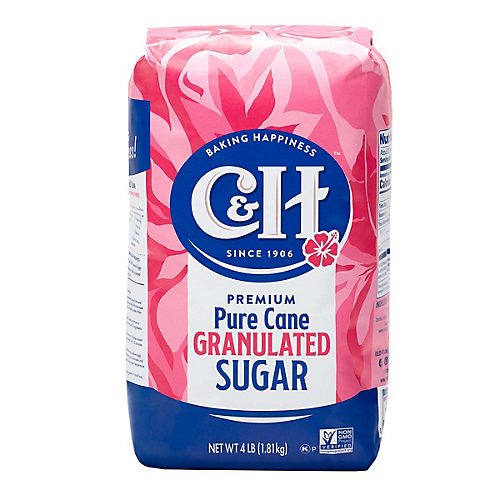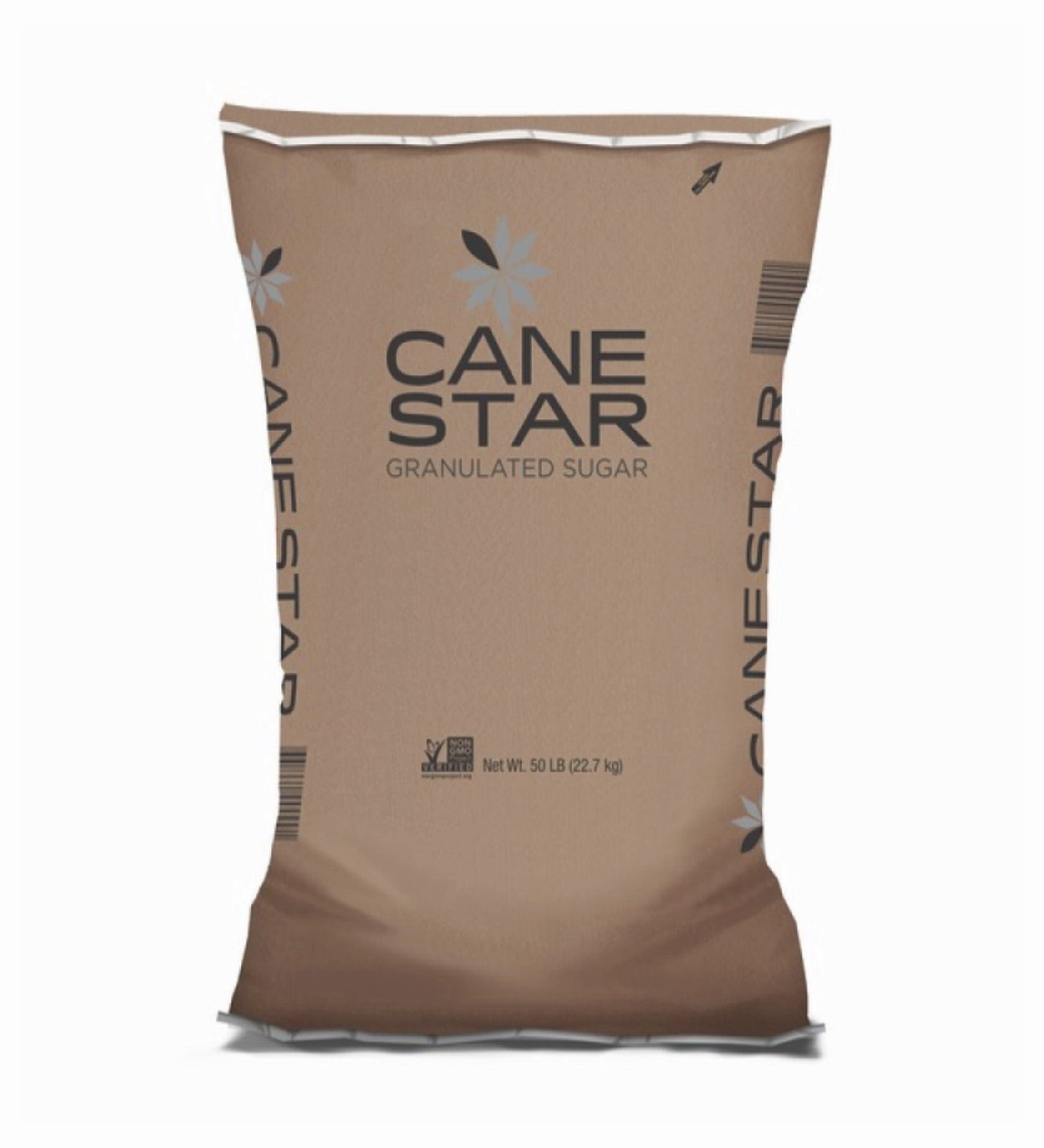A Thorough Overview to the Environmental Impact and Sustainability Practices in Walking Stick Sugar Handling
The environmental impact of walking stick sugar processing presents a complex range of obstacles that warrant cautious exam. From soil degradation and extreme water use to the carbon footprint linked with cultivation and production, the repercussions of conventional techniques are significant. What specific techniques can be carried out to strike a balance in between productivity and ecological stewardship?
Summary of Cane Sugar Handling
Cane sugar handling involves a collection of systematic actions that transform sugarcane into polished sugar. Initially, collected sugarcane is moved to processing centers, where it undergoes cleansing to remove dirt and particles. Following this, the cane is crushed to remove juice, which is then made clear by removing pollutants via heating and the enhancement of lime.
The clarified juice undertakes evaporation, where water is eliminated to focus the sugar content. This focused syrup is after that crystallized with air conditioning, permitting sugar crystals to develop. These crystals are divided from the remaining syrup using centrifugation, leading to raw sugar. To attain refined sugar, the raw item goes through more filtration processes, which may consist of cleaning and filtering system to get rid of staying contaminations and shade.
The last item is after that dried out and packaged for circulation. Throughout this whole process, maintaining effectiveness and high quality control is important to make sure the sugar satisfies market requirements. Each action in walking cane sugar handling not just adds to the end product but also has implications for resource use and waste generation, setting the phase for conversations on sustainability and ecological influences connected with sugar manufacturing.
Ecological Obstacles of Manufacturing
The manufacturing of walking stick sugar provides several significant environmental challenges that warrant interest. One primary issue is the considerable usage of agrochemicals, consisting of fertilizers and pesticides, which can result in soil destruction, biodiversity loss, and contamination of neighborhood water sources. The runoff from sugarcane areas frequently carries these chemicals right into close-by environments, interfering with water life and affecting the health of areas reliant on these water bodies.
One more challenge is the high power usage related to sugarcane handling. The boiling and refining stages require substantial warmth, mainly generated by melting nonrenewable fuel sources, contributing to greenhouse gas exhausts. Furthermore, the expansive land location required for sugarcane farming can cause deforestation and environment damage, more aggravating climate change and harmful wildlife.
Moreover, the labor methods in some regions increase ethical worries, as workers might face bad working conditions and inadequate salaries. This circumstance typically bolsters a cycle of destitution in neighborhood areas. Cane Sugar Processing. Resolving these ecological challenges is crucial for creating a lot more lasting practices in walking stick sugar manufacturing, ultimately profiting both the setting and the communities involved in this sector
Water and Land Usage Impact
Water sources and land application are crucial elements in the walking cane sugar industry that substantially influence the atmosphere. The growing of sugarcane calls for substantial water input, with estimates suggesting that it can take in approximately 2,000 litres of water per kilogram of sugar created. This extensive use water usually results in exhaustion of neighborhood water sources, influencing not just the sugarcane plantations but likewise surrounding ecological communities and areas that depend on the same water sources for agriculture and domestic use.

In addition, land use for sugarcane cultivation can cause deforestation and the conversion of all-natural habitats into monoculture ranches. This technique decreases biodiversity, interferes with local ecological communities, and contributes to dirt degradation. The growth of sugarcane areas frequently intrudes on valuable agricultural land, producing competitors for resources between food and biofuel production.
Lasting techniques, such as optimizing irrigation methods and implementing crop rotation, are vital to mitigate these impacts. By embracing much more effective water use and land monitoring strategies, the walking see here now stick sugar market can minimize its eco-friendly impact, making certain an equilibrium between agricultural performance and ecological click resources conservation.
Greenhouse Gas Emissions
Greenhouse gas exhausts stand for a significant environmental concern within the cane sugar processing industry, particularly as agricultural practices expand to meet global demand. The cultivation of sugarcane, a crop that flourishes in tropical environments, counts greatly on artificial plant foods and pesticides, which add to nitrous oxide emissions. Additionally, land-use adjustments, consisting of logging for brand-new sugarcane ranches, release co2 kept in plants and dirt.
During processing, power usage is one more major resource of greenhouse gas discharges - Cane Sugar Processing. Numerous sugar mills utilize nonrenewable fuel sources to power equipment and generate warmth, leading to significant carbon impacts. In addition, the transport of raw sugarcane and finished items adds layers of exhausts with fuel burning in cars
The cumulative result of these discharges exacerbates environment change, posturing dangers not only to the atmosphere but additionally to the long-term viability of the market. Stakeholders must identify the urgent demand for extensive strategies that attend to these discharges. This entails assessing existing agricultural techniques, processing approaches, and transportation systems to determine locations for improvement and reduction. Dealing with greenhouse gas exhausts is vital for cultivating a much more lasting cane sugar market in a changing environment.

Lasting Practices and Innovations
Sustainable techniques and innovations are increasingly vital in the walking cane sugar handling industry as stakeholders look for to decrease environmental influences while preserving productivity. One substantial improvement is the implementation of incorporated plant monitoring, which enhances resource use by incorporating soil monitoring, insect control, and crop turning techniques. This strategy boosts yield while decreasing chemical inputs and protecting dirt health and wellness.
In addition, the adoption of renewable energy resources, such as biomass from sugarcane deposits, has obtained traction - Cane Sugar Processing. By transforming waste products right into power, refining facilities can minimize their dependence on nonrenewable fuel sources, consequently decreasing greenhouse gas emissions
Water administration techniques have likewise seen enhancements via the recycling and reusing of water in handling plants, considerably lowering freshwater intake. Developments in innovation, such as accuracy farming, make it possible for farmers to monitor crop health and wellness and source use better, guaranteeing sustainable growing methods.
In addition, certification programs like Fair Trade and Rainforest Alliance motivate ecologically accountable farming methods and advertise social equity within the supply chain. By accepting Continue these lasting techniques and technologies, the cane sugar handling market can enhance its strength and add favorably to ecological stewardship.
Verdict
The ecological effect of walking stick sugar processing presents significant obstacles, consisting of dirt deterioration, high water usage, and greenhouse gas emissions, alongside ethical concerns associated with labor techniques. Resolving these problems with sustainable techniques, such as incorporated plant administration, renewable resource fostering, and water recycling, is crucial. By advertising ecologically responsible and socially fair techniques in sugar production, the industry can minimize its negative impacts, ensuring an extra sustainable future for both communities and communities involved in this field.
Walking stick sugar processing entails a collection of systematic steps that change sugarcane into polished sugar. Each action in walking cane sugar processing not only contributes to the last product yet likewise has implications for source use and waste generation, setting the phase for discussions on sustainability and ecological impacts linked with sugar production.
Greenhouse gas exhausts represent a substantial environmental worry within the cane sugar handling sector, especially as farming practices broaden to fulfill global need.Lasting practices and technologies are increasingly crucial in the walking cane sugar processing market as stakeholders look for to reduce environmental influences while maintaining efficiency.The ecological influence of cane sugar processing offers substantial challenges, consisting of dirt degradation, high water consumption, and greenhouse gas discharges, together with moral problems related to labor methods.